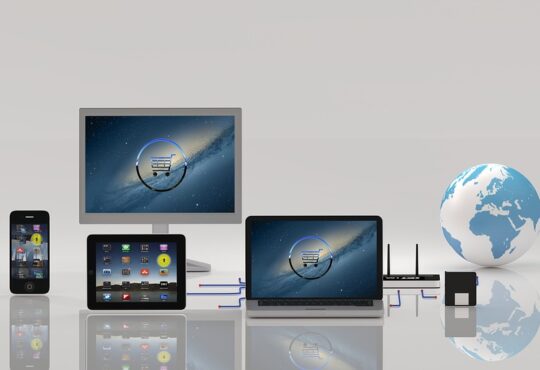How many times did you have to back up to go around the car in front of a traffic light? How many times have you failed to get into an empty seat in the row next to you? There are many similar questions. We will try to give some general recommendations to help you save time and nerves while driving around the city.
Good visibility is essential for any driver.
A rearview mirror on the windshield is a must. In it, you can not only contemplate yourself, beloved or passengers, in the back seat but also monitor the traffic situation behind you. And so it should be:
- minimally curved;
- correctly set (you should see your right ear on the left edge).
If the mirror matches these parameters, it will give you information about what is being done on the right and behind. In this case, it will be enough for you to just glance at it and not turn your head, as is the case with the right outside mirror. The left side of the road remains behind the mirror near the driver’s door. And always wipe them free of dust and dirt.
We wedge into the traffic flow correctly.
It often happens that you drive in a stream of cars, and you need to go to the next lane. And just then, there is room for manoeuvre. You are just beginning to rebuild, and the place is already taken. To avoid this, you should:
- wait until the car behind which you decided to change lanes overtook you by 2/3;
- turn on the turn signal and squeeze into the free space as quickly as possible.
These actions are simple, but many or earlier turn on the turn signal (in this case, the car following your “victim” will accelerate and prevent you from changing lanes) or slowly drive into free space (the effect is the same as in the previous case).
On the other hand, you can rely on the adequacy of downstream neighbours, turn on the turn signal and wait until one of your colleagues lets you pass. In this matter, a lot depends on what practice is adopted in your city. And if, in the case of excessive modesty, you simply spend a little more time, then manoeuvring too sharply can provoke a conflict or an accident, so try to be mutually polite.
At traffic lights and in a traffic jam, the interval is important
The optimal gap between cars during stops in traffic jams and at traffic lights is 2 meters. This will reduce the possibility of an accident and allow you to go around the vehicle in case an unforeseen situation occurs.
Perhaps you noticed a tendency that the left lane is primarily busy in front of traffic lights? Therefore, do not hesitate to move to the right lane. And even if the movement slows down there, then you can always change to the left lane while overtaking those behind whom you were before (when accelerating in a traffic jam, the distance between cars is more significant than when braking). At the same time, carefully look for road signs that regulate the direction of movement along the lanes – trying to cheat, you can break the rules and pay a fine.
The ability to start when it breaks is more important. To get underway with a faulty clutch, you need:
- turn off the ignition;
- turn on the first gear;
- turn on the ignition and starter (the car should start moving);
- it is now possible to change gears without pressing the clutch.
And some more valuable tips for a car enthusiast:
- Always keep track of the serviceability and cleanliness of brake lights and direction indicators. After all, they signal your intentions to manoeuvre the drivers around you.
- When braking suddenly, you should pay attention to the situation behind you to avoid being hit by a gaping colleague.
- Pro-tip: Make sure your vehicle is equipped with the correct corresponding tyres. Suppose you own an SUV or a pickup truck; a good option would be Falken Wildpeak H/T01.
- At the traffic lights, being in the far right lane, do not rush to get underway on the green, especially when surrounded by tall cars. Perhaps at this time, a belated pedestrian will jump out on the left, who has the right to complete the crossing of the road.
Happy driving!





